1. One of the larger Sumerian cities may have had 80,000 residents.
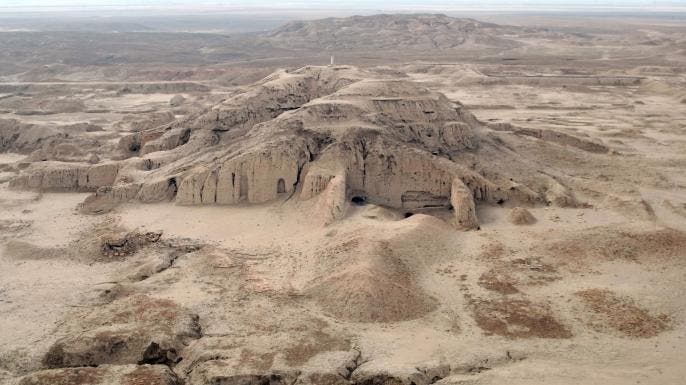
The origins of Sumerian civilization in Mesopotamia are still debated today, but archaeological evidence indicates that they established roughly a dozen city-states by the fourth millennium B.C. These usually consisted of a walled metropolis dominated by a ziggurat—the tiered, pyramid-like temples associated with the Sumerian religion.
Homes were constructed from bundled marsh reeds or mud bricks, and complex irrigation canals were dug to harness the silt-laden waters of the Tigris and Euphrates for farming. Major Sumerian city-states included Eridu, Ur, Nippur, Lagash, and Kish, but one of the oldest and most sprawling was Uruk, a thriving trading hub that boasted six miles of defensive walls and a population of between 40,000 and 80,000.
At its peak around 2800 B.C., it was most likely the largest city in the world.
2. The list of Sumerian rulers includes one woman.
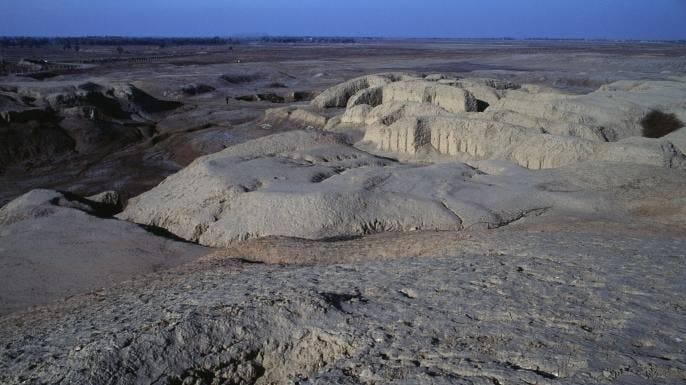
One of the greatest sources of information on ancient Mesopotamia is the so-called “King List,” a clay tablet that documents the names of most of the ancient rulers of Sumer as well as the lengths of their reigns. The list is a strange blend of historical fact and myth—one early king is said to have lived for 43,200 years—but it also includes Sumer’s lone female monarch in the form of Kubaba, a “woman tavern-keeper” who supposedly took the throne in the city-state of Kish sometime around 2500 B.C.
Very little is known about Kubaba’s reign or how she came to power, but the list credits her with making “firm the foundations of Kish” and forging a dynasty that lasted 100 years.
3. The Sumerian city-states were often at war with one another.

Even though they shared a common language and cultural traditions, the Sumerian city-states engaged in near-constant wars that resulted in several different dynasties and kingships. The first of these conflicts known to history concerns King Eannatum of Lagash, who defeated the rival city-state of Umma in a border dispute sometime around 2450 B.C.
To commemorate his victory, Eannatum constructed the so-called “Stele of the Vultures,” a grisly limestone monument that depicts birds feasting on the flesh of his fallen enemies. Under Eannatum, Lagash went on to conquer the whole of Sumer, but it was just one of several city-states that held sway over Mesopotamia during its history.
The infighting led to several military advancements—the Sumerians may have invented the phalanx formation and siege warfare—but it also left them vulnerable to invasions by outside forces. During the latter stages of their history, they were attacked or conquered by the Elamites, Akkadians and Gutians.
4. The Sumerians were famously fond of beer.
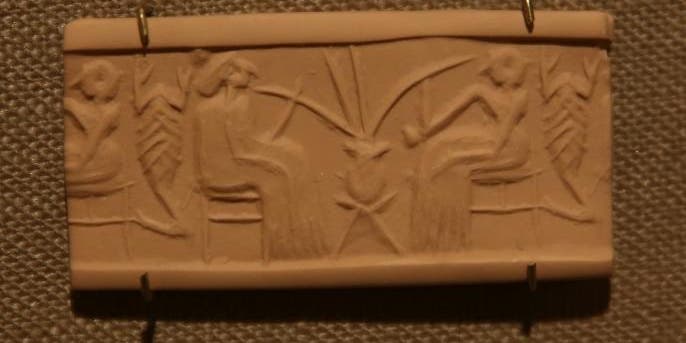
Along with inventing writing, the plow, law codes, and literature, the Sumerians are also remembered as some of history’s original brewers. Archaeologists have found evidence of Mesopotamian beer-making dating back to the fourth millennium B.C.
The brewing techniques they used are still a mystery, but their preferred ale seems to have been a barley-based concoction so thick that it had to be sipped through a special kind of filtration straw. The Sumerians prized their beer for its nutrient-rich ingredients and hailed it as the key to a “joyful heart and a contented liver.”
There was even a Sumerian goddess of brewing called “Ninkasi,” who is celebrated in a famous hymn as the “one who waters the malt set on the ground.”
5. Cuneiform writing was used for over 3,000 years.
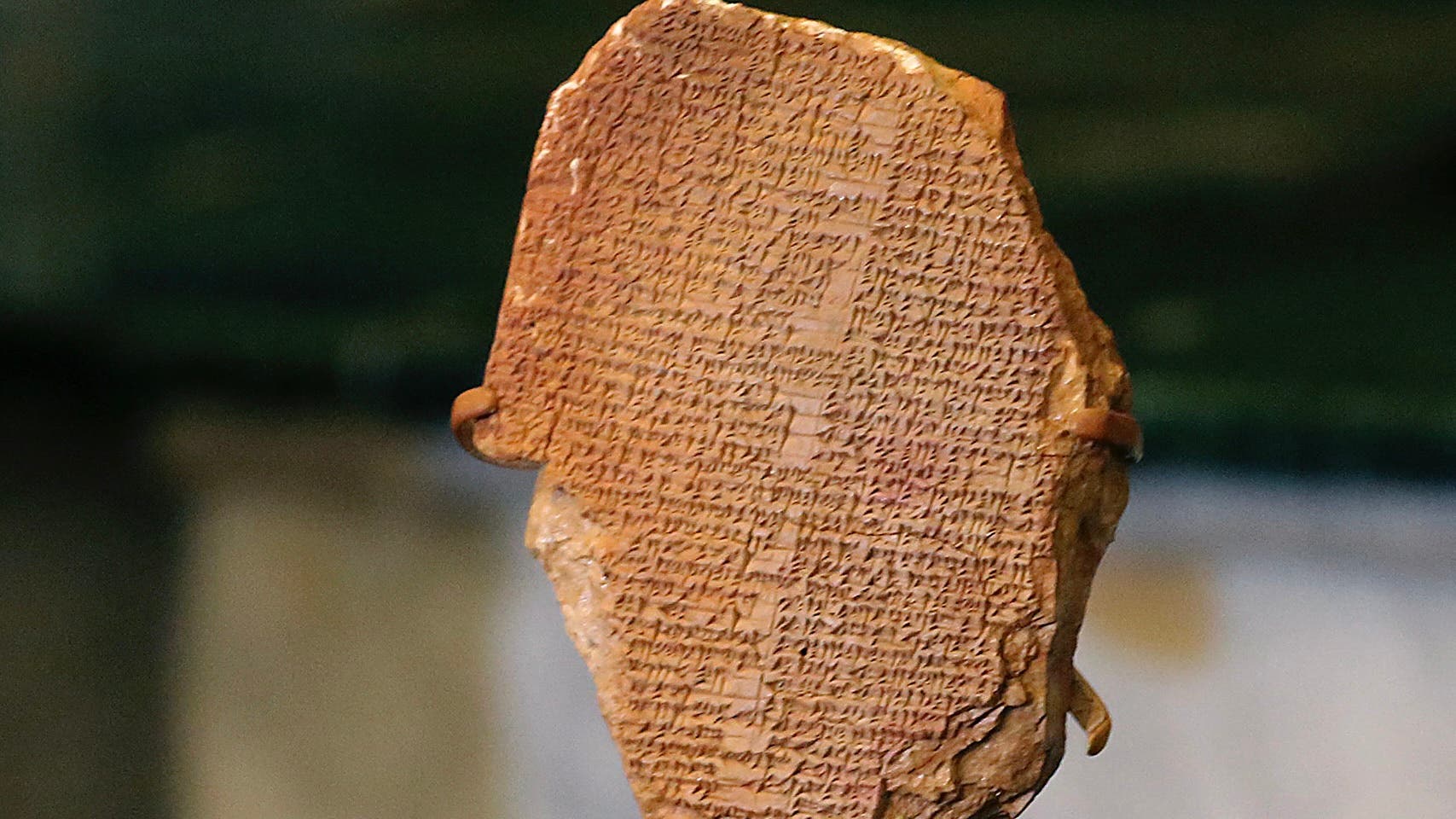
The Sumerian invention of cuneiform—a Latin term literally meaning “wedge-shaped”— dates to sometime around 3400 B.C. In its most sophisticated form, it consisted of several hundred characters that ancient scribes used to write words or syllables on wet clay tablets with a reed stylus. The tablets were then baked or left in the sun to harden.
The Sumerians seem to have first developed cuneiform for the mundane purposes of keeping accounts and records of business transactions, but over time it blossomed into a full-fledged writing system used for everything from poetry and history to law codes and literature. Since the script could be adapted to multiple languages, it was later used over the course of several millennia by more than a dozen different cultures.
In fact, archaeologists have found evidence that Near East astronomical texts were still being written in cuneiform as recently as the first century A.D.
6. The Sumerians were well-traveled trade merchants.
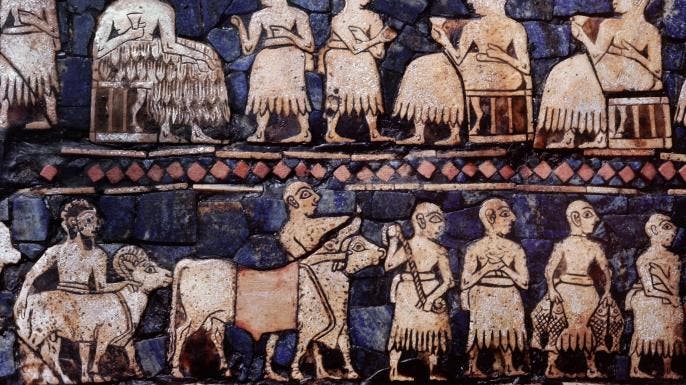
Since their homeland was largely devoid of timber, stone, and minerals, the Sumerians were forced to create one of history’s earliest trade networks over both land and sea. Their most important commercial partner may have been the island of Dilmun (present-day Bahrain), which held a monopoly on the copper trade, but their merchants also undertook months-long journeys to Anatolia and Lebanon to gather cedar wood and to Oman and the Indus Valley for gold and gemstones.
The Sumerians were particularly fond of lapis lazuli—a blue-colored precious stone used in art and jewelry—and there is evidence that they may have roamed as far as Afghanistan to obtain it. Historians have also suggested that Sumerian references to two ancient trading lands known as “Magan” and “Meluhha” may refer to Egypt and Ethiopia.
7. The hero of the Epic of Gilgamesh was probably a real Sumerian historical figure.
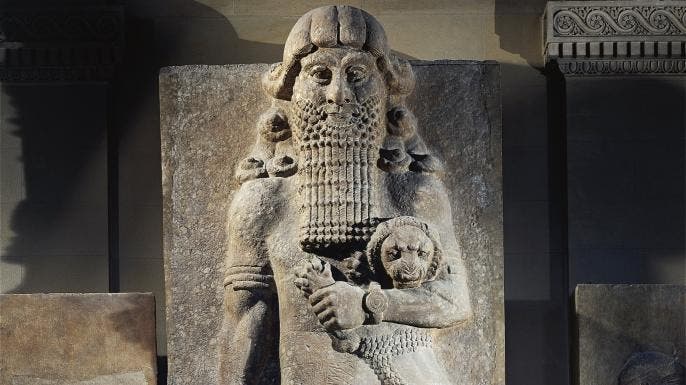
One of the crowning achievements of Mesopotamian literature is the “Epic of Gilgamesh,” a 3,000-line poem that follows the adventures of a Sumerian king as he battles a forest monster and quests after the secret of eternal life. While the poem’s hero is a demigod with Hercules-like strength, most scholars believe he is based on an actual king who served as the fifth ruler of the city of Uruk.
The historical Gilgamesh appears on the Sumerian “King List” and is thought to have lived sometime around 2700 B.C. Few contemporary accounts of his reign have survived to today, but archaeologists have found inscriptions that credit him with building Uruk’s massive defensive walls and restoring a temple to the goddess Ninhil. This suggests that he may have been a real ruler whose deeds were later repurposed as myth.
8. Sumerian mathematics and measurements are still used today.
The origins of the sixty-second minute and sixty-minute hour can be traced all the way back to ancient Mesopotamia. In the same way that modern mathematics is a decimal system based on the number ten, the Sumerians mainly used a sexigesimal structure that was based around groupings of 60. This easily divisible number system was later adopted by the ancient Babylonians, who used it to make astronomical calculations on the lengths of the months and the year.
Base-60 eventually fell out of use, but its legacy still lives on in the measurements of both the hour and the minute. The division of time into 60 units per hour and 60 seconds per minute can be attributed to this ancient system. Other remnants of the Sumerian sexigesimal system have also survived in the form of spatial measurements, such as the division of a circle into 360 degrees and the use of 12 inches in a foot.
9. Sumerian culture was lost to history until the 19th century.

After Mesopotamia was occupied by the Amorites and Babylonians in the early second millennium B.C., the Sumerians gradually lost their cultural identity and ceased to exist as a political force. All knowledge of their history, language, and technology—even their name—was eventually forgotten. Their secrets remained buried in the deserts of Iraq until the 19th century when French and British archaeologists finally stumbled upon Sumerian artifacts while hunting for evidence of the ancient Assyrians.
Scholars such as Henry Rawlinson, Edward Hincks, Julius Oppert, and Paul Haupt later took the lead in deciphering the Sumerian language and cuneiform, providing historians with their first-ever glimpse of the long-lost history and literature of early Mesopotamia. The decipherment of Sumerian cuneiform opened the door to a wealth of information that had been locked away for millennia.
Since then, archaeologists have recovered numerous pieces of Sumerian art, pottery, and sculpture, as well as an astonishing number of clay tablets, estimated to be around 500,000 in total. However, the vast majority of these clay tablets have yet to be fully translated and studied, holding the potential for even more insights into the Sumerian civilization.
The exploration and ongoing study of Sumerian artifacts and texts continue to shed light on this ancient civilization and its significant contributions to human history.









